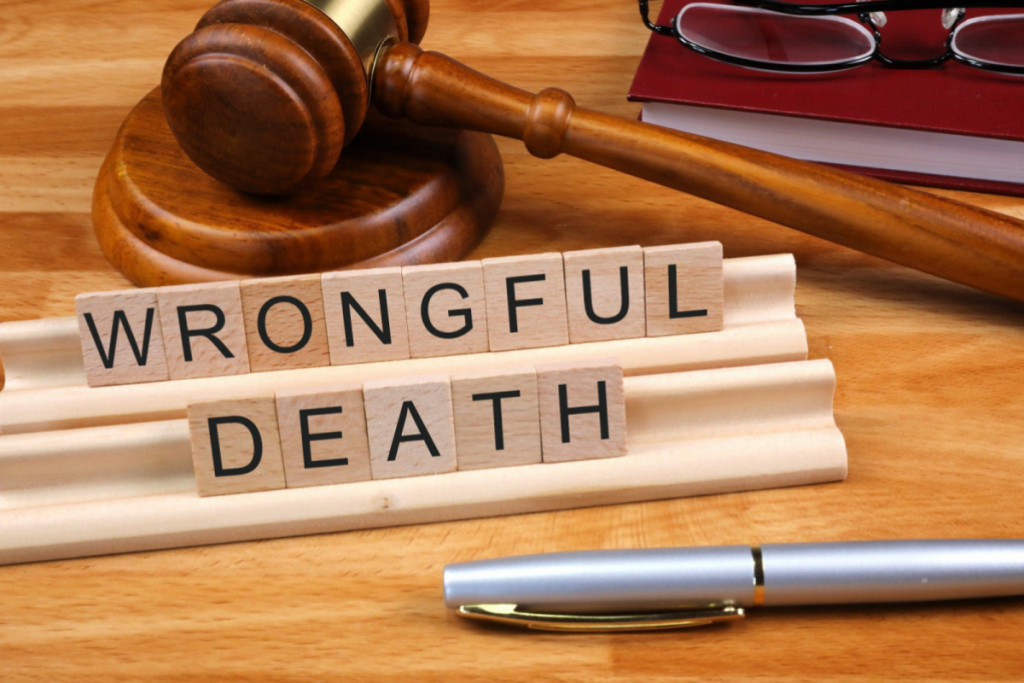
One of the hardest things a family will ever have to endure is the loss of a loved one because of another individual’s negligence. In addition to the suffering, survivors may suffer financial difficulties, medical bills, and live without family members.
A claim for wrongful death allows families to attain justice and make the culpable party accountable. However, to succeed in a case, negligence must be proven in court.
To win a wrongful death lawsuit, the plaintiff (the party filing the lawsuit) must prove all four elements of negligence with the help of experienced wrongful death attorneys. These include:
Duty of Care
The first thing that needs to be established in a claim of negligence is that the defendant owed a duty of care to the deceased. That is, the defendant was obligated by law to be reasonable in their actions and not inflict injury.
For example, drivers are obliged to drive responsibly, doctors are obliged to provide appropriate medical care, and property owners are obligated to have their property safe. Establishing a duty of care sets the foundation for the rest of the case.
Breach of Duty
Once duty is established, the second step is establishing a breach of duty. A breach is when the defendant has not fulfilled their responsibility.
Some examples are running a red light while driving, a doctor misdiagnosing a life-threatening illness, or a company disregarding safety protocols. The court then considers whether or not the same person in the same circumstances would have done something differently.
Causation
It’s not enough to show negligence; you must also prove that the defendant’s breach directly caused the death. This involves two types of causation:
Actual cause (cause-in-fact) – Did the defendant’s actions set off the chain of events leading to death?
Proximate cause – Was the death a foreseeable result of the defendant’s actions?
Damages
To succeed on a wrongful death claim, the family will also have to prove damages. These are the losses suffered as a result of the death. They can include funeral costs, loss of wages, and emotional distress on the part of surviving relatives.
Present Strong Evidence
The final step is to present strong evidence to back up each element of negligence. If there is no strong evidence, even strong claims can be defeated. Lawyers gather evidence such as:
Medical evidence records and autopsy reports
Police reports or accident reconstructions
Witness statements of people who actually saw what happened
Expert opinions to explain complicated issues
This evidence paints a clear picture of how the defendant’s negligence led to the wrongful death and why compensation must be paid to the family.
Conclusion
Proving negligence in wrongful death is a process of proving duty, breach, causation, damages, and strong supporting evidence. All these are important, and proving one fails can weaken the case. On top of that, families can prove a case not just for monetary compensation through a competent attorney but also for justice.
The following are key takeaways on how to prove negligence in a wrongful death case;
Duty of care is the law obliging the defendant to be safe.
Breach of that duty is when the defendant fails to do it.
Causation is the link between the breach and the death of the victim.
Damages are economic and emotional losses incurred by the family.
Evidence collection is what facilitates the proof of each element of negligence.